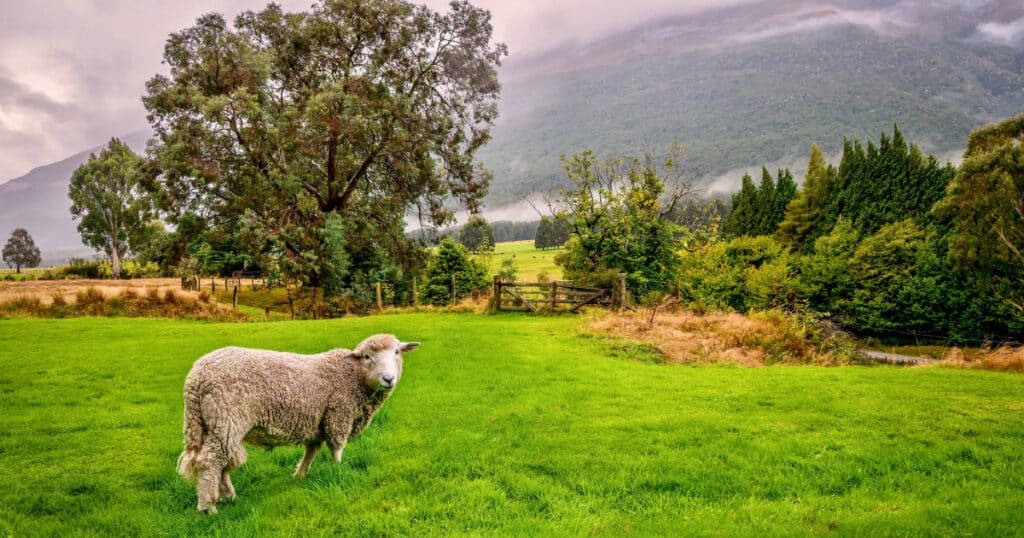You’ve probably seen sheep at a fair or in a field that they did not appear to have a tail. But, did you know that most types of sheep are born with tails? Farmers and shepherds usually dock the tails when they are lambs.
Tail docking shortens the tail by cutting it or cutting off circulation so the tail falls off on its own. This procedure is done while the sheep is still a young lamb. We have a guide for sheep tail docking if you’re interested in learning more about it.
How Long is a Sheep’s Tail Before Docking?
The length of a lamb’s tail is usually in between that of each of its parents’ tails.
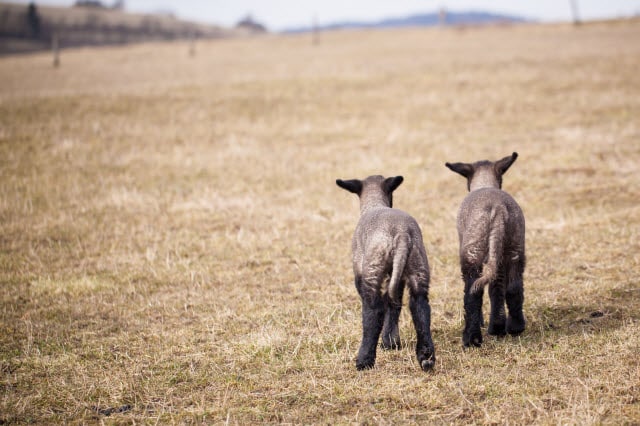
This is an extremely heritable trait. Genetics make up for as much as 84 percent of sheep tail length variation.
Why Many Shepherds Dock their Sheep’s Tails
Some breeds of sheep raised in show flocks are always docked because that’s the breed standard.
But for other shepherds, the primary reason to dock sheep tails is hygiene.
A sheep used for milking will always have its tail docked so fecal matter does not get into the milk.
Another reason why many shepherds will dock sheep tails is the danger of wool maggots (also called fly strike). This condition can dissolve the sheep’s flesh and can even lead to death.
Docking sheep tails also means it will be easier to shear the animals.
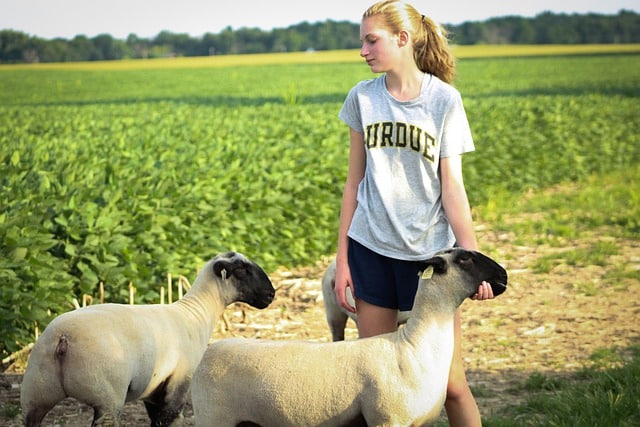
The fly strike problem that docking helps to prevent is very painful and can create long-term problems for the animals. Blow flies quickly lay their eggs in wet wool. Sheep tails provide that environment, especially when contaminated with fecal matter or urine. Maggots feed on the sheep’s flesh and this can eventually lead to bacterial infections and even death.
Docking is an easy way to prevent this serious problem. It’s generally considered a best practice for sheep farmers.
Why Some Shepherds Choose to Skip Docking
Fecal matter is a problem when sheep have tails because of the possibility of diarrhea (liquid feces). Diarrhea sticks to the tail, causing problems. Sheep breeds that usually do not require tail docking are:
- Damara
- American Blackberry
- Dorper
- Katahdin
- St. Croix (Virgin Island White)
- Barbados Blackbelly
- Santa Ines
- Royal White
- St. Augustine
- Wiltshire Horn
Sheep referred to as “rat-tailed sheep” also often go without docking. Their tails are naturally short or free from wool. Their formal name is the Northern European short-tailed sheep. Examples of rat-tailed sheep are:
- Soay
- Romanov
- Icelandic
- Shetland
- East Friesian
- Finnship
East Fresian sheep provide dairy and are usually still docked. Fat-tailed sheep are also not docked. These sheep have broad or more simply put, fat, tails, or rumps. About 25% of the sheep population are fat-tailed.
How Tails Benefit Sheep
Docking is sometimes avoided because sheep tails may be necessary when living in cold environments. Sheep without their tails are sometimes too cold.
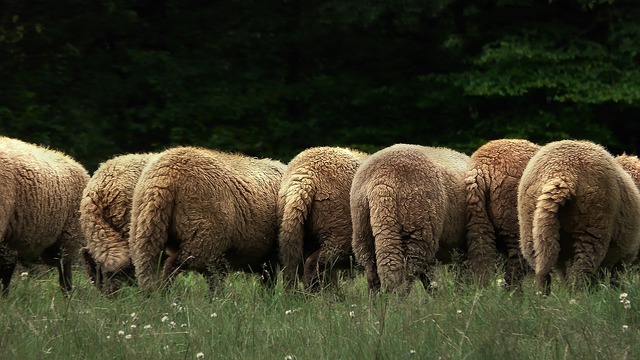
Farmers can’t dock tails too short. Tails docked too short make sheep more likely to develop problems such as rectal prolapse, degenerative nerve changes, and neuroma development. Sheep with neuromas have bundles of nerve fibers with severe inflammation. This problem can last indefinitely and can be very painful. This problem is sometimes completely invisible and can even exist when the tail appears healthy.
Sheep with tails docked too short or removed suffer from flystrike more than sheep with some of their tails. Cancer is another problem linked to docking. Short-docked tails increase perineal region cancer risk morethan animals with medium-docked tails, long-docked tails, or full tails.
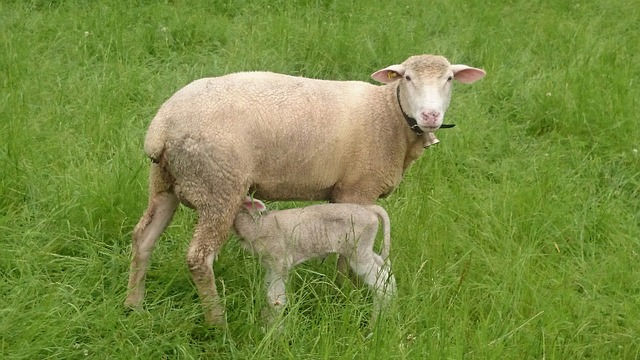
Sheep with a tail fend off flies better. It can use the tail to shake the flies away and stop them from landing.
Sheep farmers who keep their sheep’s rump clean without docking use management techniques like extra clipping in the area. This removes the dirty wool. Shorter wool is less likely to collect dirt and is less likely to have land on it.
Other Ways that Fly Strike Can be Avoided
Other valid (and more humane) alternatives to docking are:
- Change the sheep’s nutrition: Giving your sheep dry forage (like hay) slows down how quickly the rumen digests grass. This can cut down on the risk of loose stools. Loose stools dirty the tail. It can be a helpful step to cut down the risk of fly strike and make tail docking less necessary.
- Be attentive to veterinary care and ensure sheep do not have internal parasites: Internal parasites increase diarrhea risk that soils their tails and attract flies. Keep up with a worming regimen and practice appropriate pasture management. Your veterinarian will be able to give you detailed information on what is required.
- Avoid having your sheep in moist and warm environments whenever possible: Remember that flies are attracted to these kinds of environments, so keeping your sheep in open, breezy pastures will help to reduce the likelihood of fly strike.
- Try using lure traps to catch the flies: Lure traps for flies contain a special pheromone that flies find irresistible. You will need to hang the traps on fence posts that are around the sheep’s pasture. You will find these most effective if you have smaller pastures. This is because if your sheep wander around a larger range, they will get too far away from the traps and there may be flies in those areas.
- Follow best practices in farm management: Avoid having substances on your property that will attract flies. Examples of these are rotting vegetation and piles of dung.

